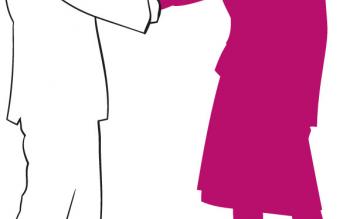Lead paragraph
A guided tour is a tool in which the person designed for, gives the designer a guided tour on her/his home, workplace, neighbourhood or other space/environment related to the design challenge. The guided tour is combined usually with an in-depth interview.
PREPARATION: 1-2 hours
DESIGN PHASE: Insights
DURATION: 1-3 hours max
TEMPLATE OR GUIDELINES: Create own guidelines
FACILITATORS: 1-2 design team members
RESOURCES: Notebook, voice recorder, video camera, photo camera, Pens, paper
PARTICIPANTS: 1-10, Users, employees, or other stakeholders
EXPECTED OUTCOME: Field data and insights
By immersing in the person’s actual environment provide designers access key information about daily routines, values and how participants act in the physical environment. This tool is especially useful when designing a service requires to know how a person related to the service space.
STEPS
1.START:
Define the focus of what you are interested in and consider what you want to do with the findings (build personas, journey maps, system maps, etc.).
2.IDENTIFY:
Based on the selected focus area, define the criteria and select suitable participants for the experience tour.
3.PREPARE:
Arrange the tour with the person for who you are designing for. The tour can be in the person’s home, workplace, neighbourhood, depending on the design challenge. Remember that visiting e.g. someone’s home might involve cultural and/or gender issues; approach these matters sensitively and make sure you have the permission to visit without causing inconvenience.
4.CONDUCT:
Take notes and ask questions during the Experience Tour. If there are too many people on the tour it might change the experience and affect results. Also, observe the environment/space. For example how the person uses different objects. If allowed, take photos and record the conversations. Always ask for permission.
Ask lots of questions: For example: Why is this place important? What do you normally do here and why? Who else uses the space and why? Who has organized this place in this way? How do you come here?
5.REPORT:
Write up key learnings right afterwards. Transcribe notes, and combine your documentation. Review all your data and highlight important issues whilst trying to find patterns within the data. Make a short summary that includes your key findings and examples from the data that exemplify these, such as quotes, photos, or videos.

